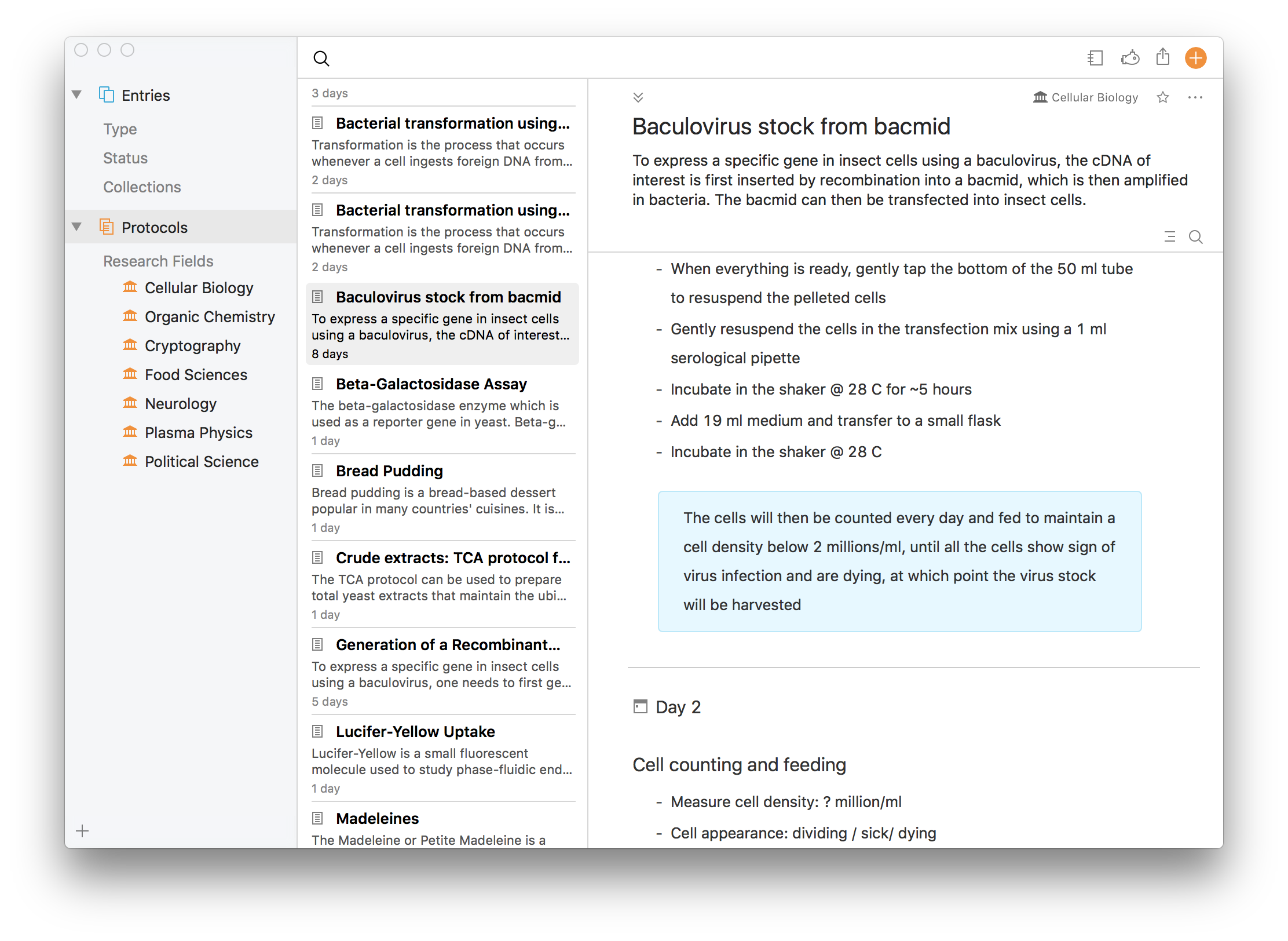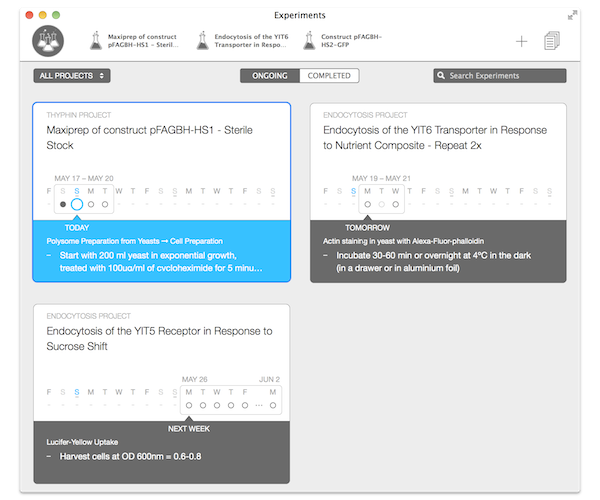EASE Audits, formerly known as Beacon Quality, is a powerful, yet easy to use, audit and inspection management platform currently being used by hundreds of tier 1 automotive and aerospace manufacturers. EASE helps manufacturers target high-risk processes.
The use of technology in retail has certainly expanded in the last decade. Mobile point of sale systems, in-store Wi-Fi, and Beacon technology have changed the job of retail IT managers. A new independent survey that was commissioned by Jamf shows that retail IT managers strongly prefer Apple technologies over those from Windows or Android.
The survey was conducted by Vanson Bourne, and 700 retail IT decision-makers participated. Their findings show that 95% or more of those surveyed believe that mobile technology enables them to better optimize inventory planning and management, personalize the customer experience, and boost employee productivity. Over half of those surveyed report customer satisfaction has improved since deploying mobile devices. Finally, 91% of companies surveyed reported that mobile technology has helped their brand become more competitive and also streamline their sales processes.
Most retailers prefer Apple devices in store for the transformation of the retail experience
When it comes to the preferred type of devices in retail, there is a clear preference of platforms among those who were surveyed. 76% of retail IT decision-makers prefer Apple devices over Windows or Android in retail, despite 48% using a mix of Apple, Windows, and/or Android devices today. 82% of those using a mixed environment reported technical problems with Windows and/or Android.
- MDM, by default, isn’t allowed to install an app to a device without getting approval from the device user. IOS will prompt the user, asking them if they’d like to allow the app to install. Again, not a big deal generally speaking but if you’re installing to many, many devices, it’s really a.
- Jul 02, 2019 Mobile technology has become an intrinsic part of everyday life, with the vast majority of people owning smartphones, tablets or both. This has changed the way life is conducted, even the way people receive healthcare. According to healthcare data analysis firm IQVIA, there are some 318,000 mobile health (mHealth) apps available in major app stores, with another 200 being added every day.
“While mobile technology has been broadly adopted by retailers small and large, many applications of the technology are still only single-purpose,” said Josh Jagdfeld, Director of Alliances at Jamf. “iPad and iPhone, along with the power of the Apple app ecosystem, are being used in store globally to allow retailers to get the most from their devices and optimize processes, engage teams and enhance the broader customer experience. However, even with the multitude of benefits that mobile technology makes possible, retailers are still facing challenges when it comes to finding, deploying and managing devices across multiple applications and workflows.”
Summary of key findings for Apple products in retail:
- 99% of retailers have implemented at least one mobile technology in-store
- 76% of surveyed retail IT decision-makers believe that Apple devices are better to use in retail than Windows or Android
- Respondents who use a combination of Apple, Windows, and/or Android are more likely to say that Apple devices are better to use in retail, compared to Windows or Android (87%). In addition, more than three-quarters of respondents (82%) who use Windows or Android devices in their retail environments experience problems
- On average, retail IT teams that use MDM can save up to 24% of time annually.
To download a copy of the report, visit Jamf’s website.
Photo by Blake Wisz on Unsplash
FTC: We use income earning auto affiliate links.More.
Findings is a flexible, customizable digital notebook. Designed with scientists, inventors, cooks, and other tinkerers in mind, the app lets you plan, track, and execute your work in one convenient place.
How to do smart research with Findings 2 Digital Lab Notebook

Its 'protocols' feature lets you save common tasks as a group, then drag and drop them into place. Record-keeping is a snap: notes and tasks are saved by date and are viewable as a master calendar.
And whether your project takes one day or unfolds over the course of months, you’ll be able to search your notes by date or keyword. Plus, Findings can sync between devices, so you can access your work on the go. Here’s how you can put Findings to work for you.
Keep track of your research projects
The app lets you group your work into overarching sections called 'projects.' You can organize them by assigning statuses, such as ongoing, in review, or completed. To manage projects better, break them down further into meeting or research notes, experiments, and stickies.
In the main organizational space, you can then toggle between your active projects, review individual experiments, and create new ones. This space makes it easy to see when you have tasks scheduled, and whether you’ve completed them. It also lets you revisit and search completed projects, so that your notes and data are always in easy reach.
Manage scientific experiments
Once you’ve set up a project, the app lets you organize the necessary steps into collections and sub-collections. Each experiment page in the collection will then work like a note-taking app, with notes organized chronologically. Simply click to add a new day. For longer projects that require more planning, you can always return to the task at hand by clicking the Today button.
The experiment page offers a number of useful tools. You can insert tables, add timestamps, create built-in timers, and check off tasks as you complete them. This means you never have to fumble with setting timers, and it’s always easy to keep track of what you’ve already finished.
Build experimental protocols
The feature that sets Findings 2 apart is its 'protocols' manager. You can compose protocols just as you would any other note: they can include multiple days, timers, checkmarks, and tables. The difference is that protocols are then saved as a unit and added to your protocol library. This is extremely useful for keeping track of complex tasks that need to be repeated often. You can simply drag and drop protocols into experiments as needed. You can also edit their local implementations on the fly by adjusting timeframes or deleting steps.

Share results in a snap
When you’ve finished your experiment or want to give an update on your progress, you can click on the share button. Findings 2 automatically creates PDFs for all your entries, making your work instantly shareable. This will let you share your work by email, text, or AirDrop. Plus, if you sync your account with Dropbox, you can access Findings on any device.
Find Device Using Mac Address
Rely on community and shared knowledge
Findings 2 is supported by a research community of your peers, including news, how-to’s, and feedback. Access frequently needed references within the app, whether amino acid structures or a periodic table.
Find Device Mac Address
Whether projects are your work or a hobby, organization can make a huge difference. With Findings 2, available on Setapp, you’ll never have to leaf through another beat-up journal or miss a crucial step again.